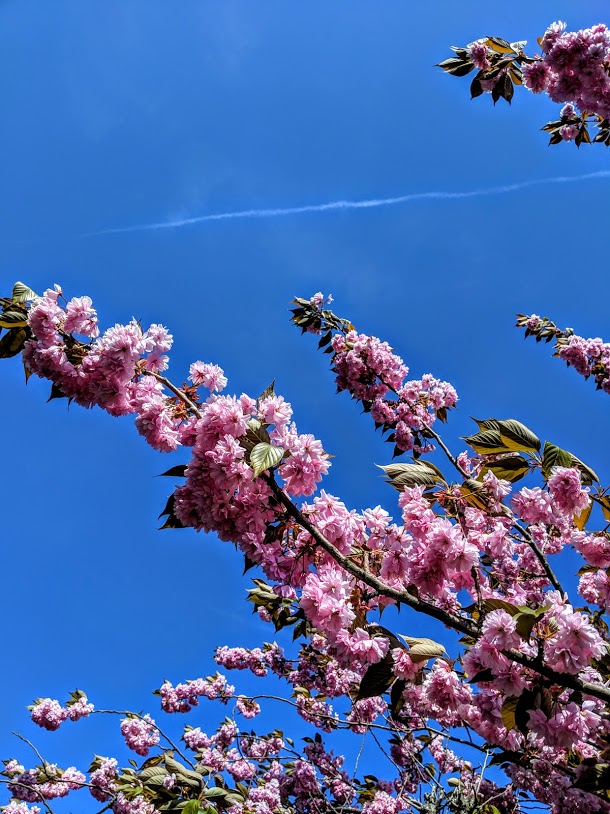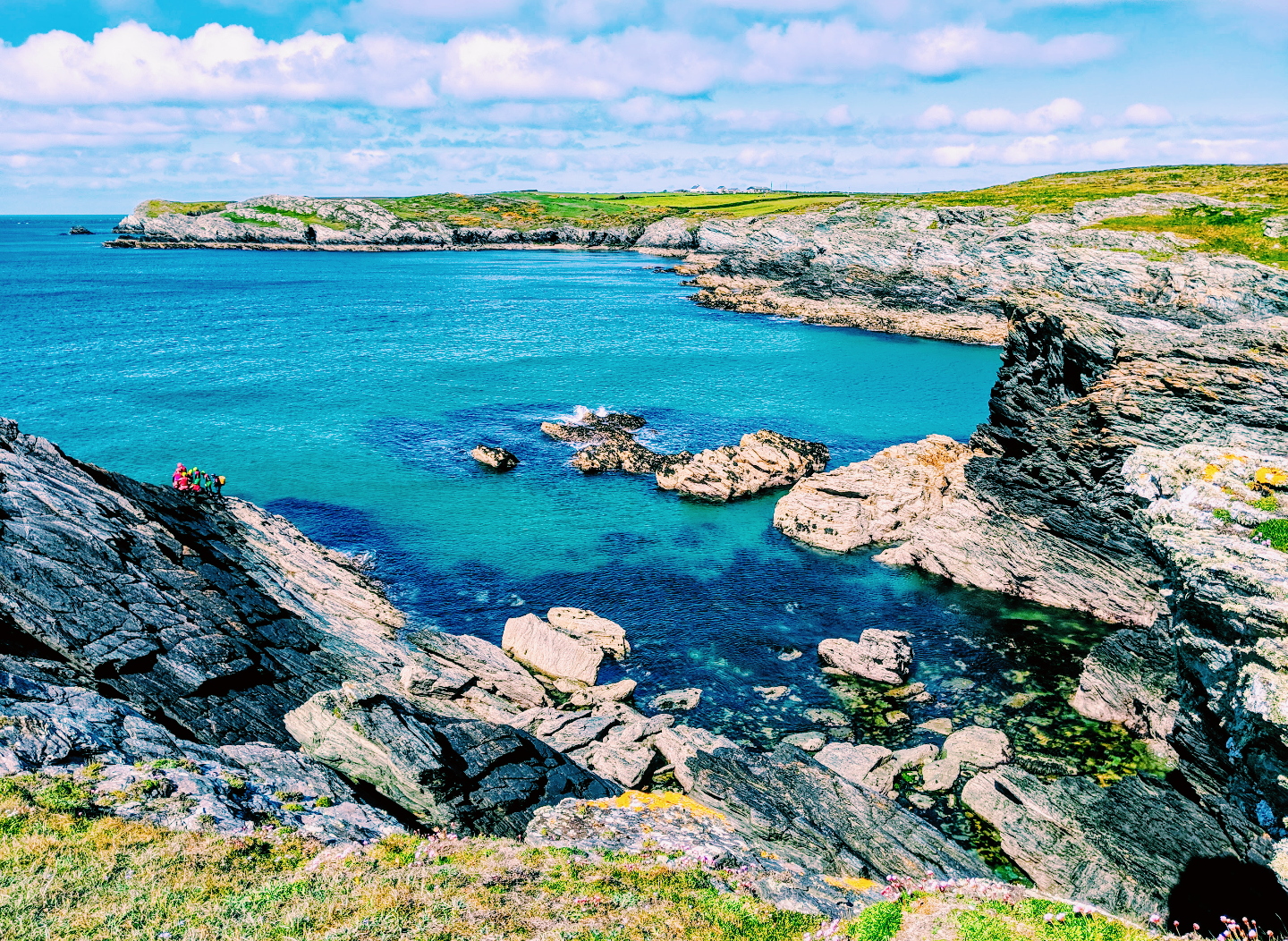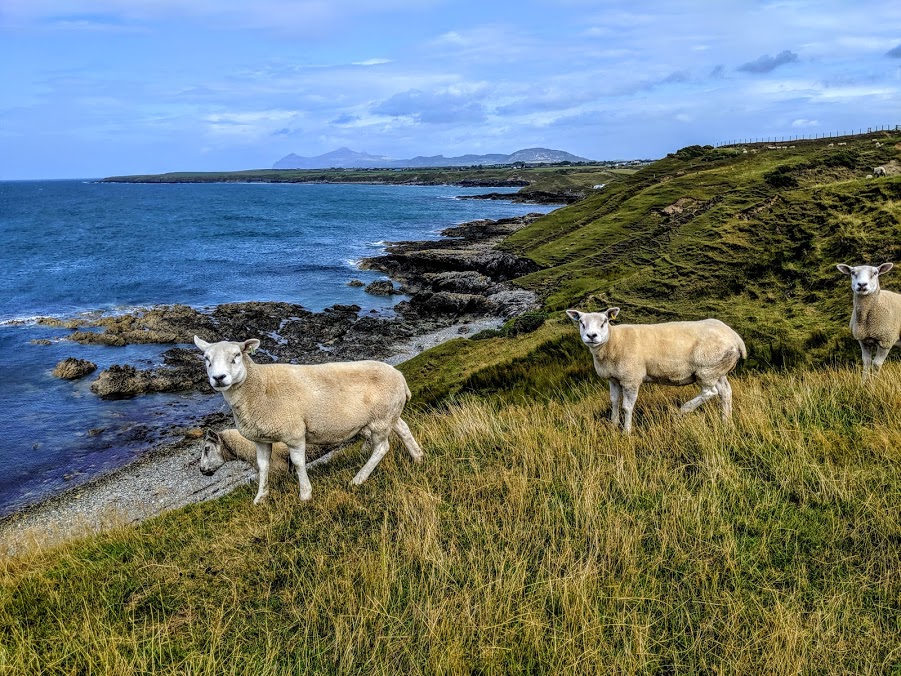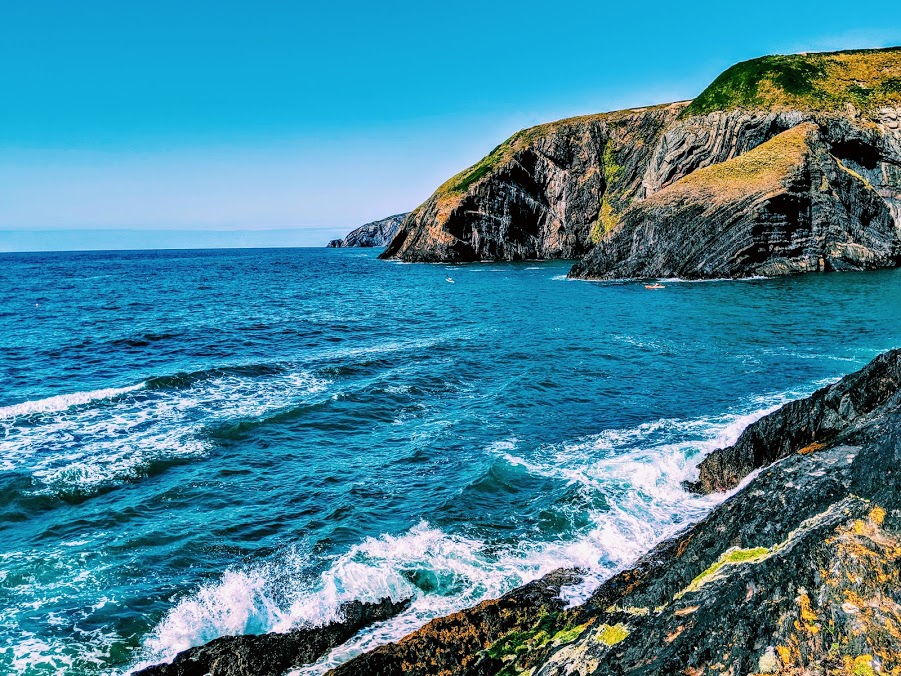“There is pleasure in the pathless woods, there is rapture in the lonely shore, there is society where none intrudes, by the deep sea, and music in its roar; I love not Man the less, but Nature more.” Lord Byron

After our ice cream, me and Sarah decided to brave the bank holiday crowds and head to Formby beach. I believe me when I say brave the crowds! I have never seen so many people at the beach! Not that you can tell from my pictures
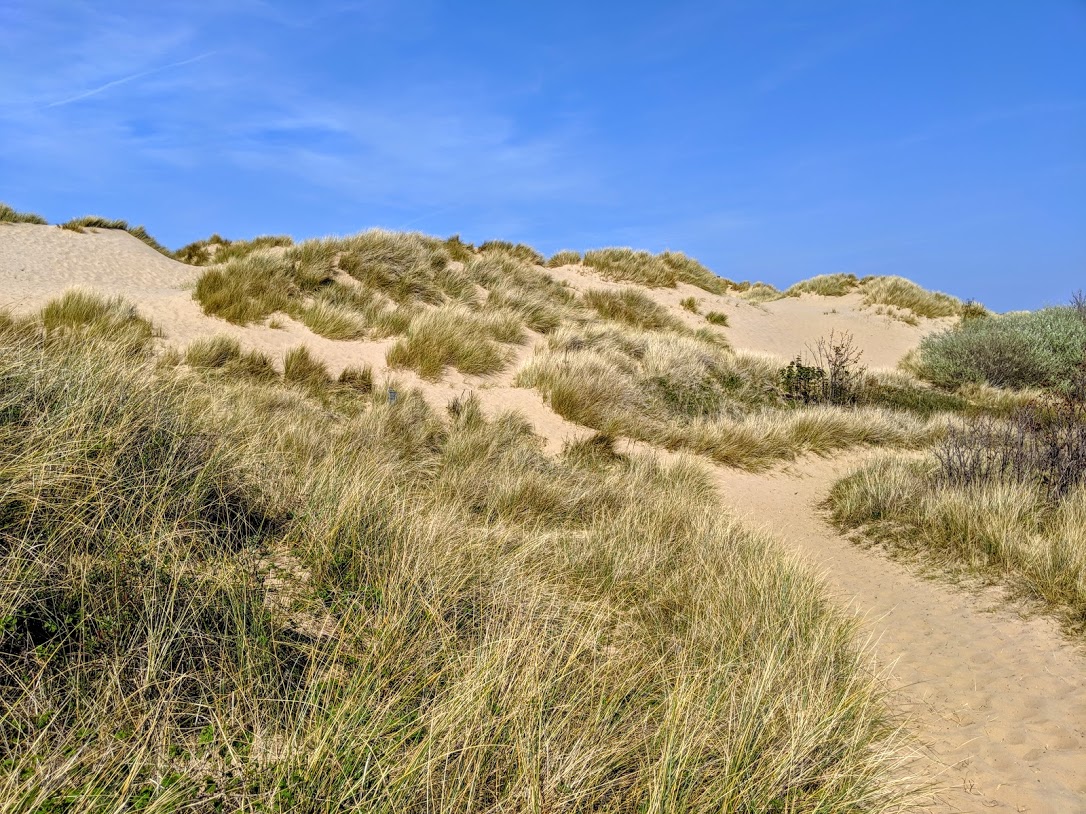
As I managed yesterday, Sarah is one of the most incredible women I have ever met! I am incredibly lucky to have her as a friend. During our walk, I asked her so many silly questions about sand dunes but I was so interested and she knows so much. As a child and an adult, I have sent hours playing, sunbathing and relaxing in dunes and this is very bad as I learnt. I have spent the last week doing nothing but reading about dunes and there ecosystems. I have spent my whole life just thinking they were mounds of sand!!
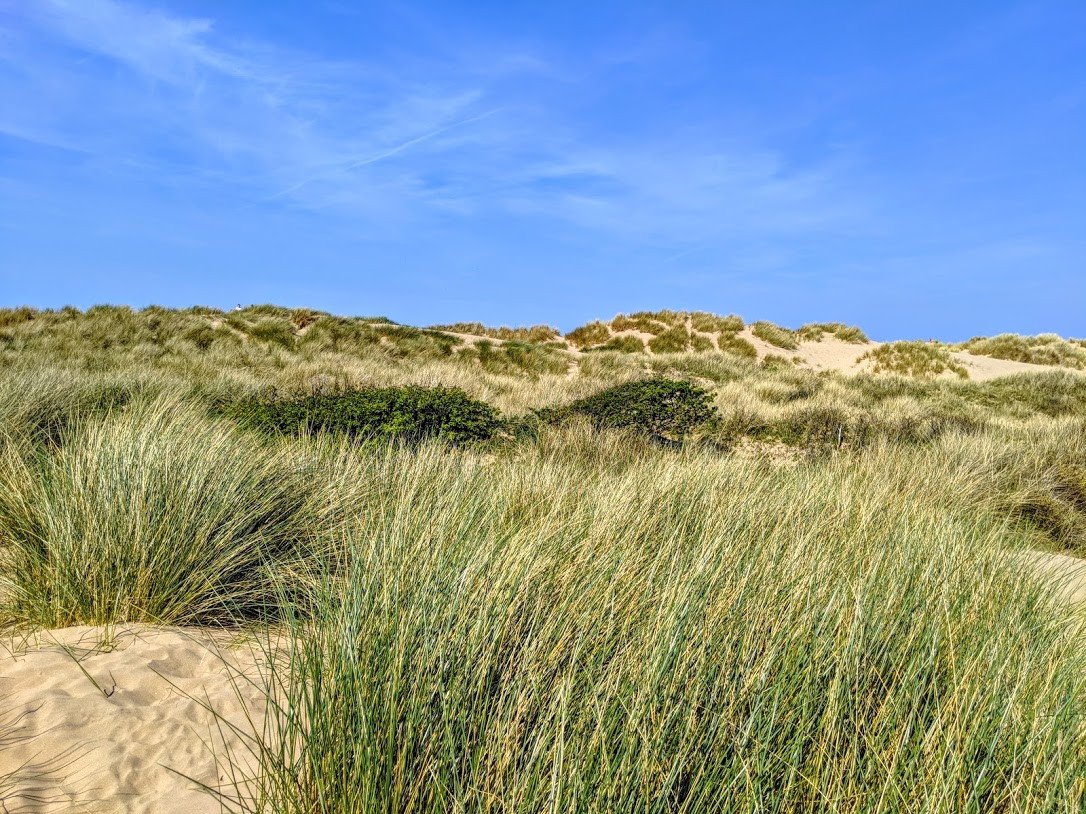
Sand dunes are a big part of the landscape at the beaches. The dunes act as barriers to storms and storm surges. They prevent erosion of beaches, protect beachfront structures, and provide a home for birds, insects, and small mammals like the fox.
Natural dunes are irregular in shape and are created as wind-blown sand is deposited along the back of a beach. As sand piles up, a variety of plants begin to grow. Plants are critical to the success of a dune. Their roots hold the dune in place and the plants trap and hold additional wind-blown sand.
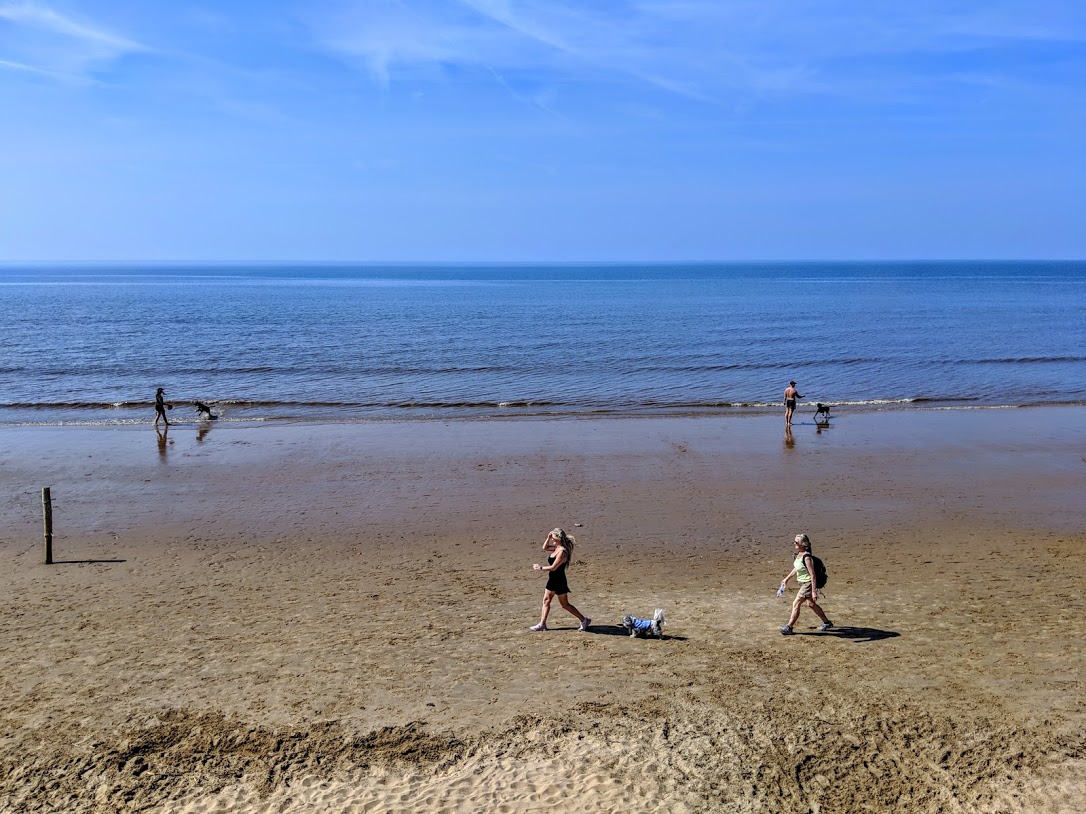
Beach grass is one of the most important and common plants on a sand dune. It spreads quickly by its specialized roots, called rhizomes, that grow down and sideways through the sand.

Storms and strong winds can damage storm dunes and push them inland. Other then storms, the other major cause of damage to dunes is people. By walking or playing on sand dunes, we damage the beach grass and other plants that hold the dune together. It takes only a few footsteps to damage the extensive root system of beach grass, and when that happens, the plant can no longer hold sand in place. Over time, the dune and all its benefits will be lost.
So please, KEEP OFF THE DUNES! #dontdamagedunes

Threats to our dunes!
Recreation
Excessive pedestrian use, car-parking and use of off-road vehicles cause high levels of erosion on many important dune sites. Golf courses on dunes fragment the habitat and also severely modify the vegetation by re-seeding, fertilising and mowing of the fairways, greens and tees.
Falling water tables
Local water abstraction and drainage of adjacent land for agriculture or housing leads to a long-term lowering of the water table. This has an adverse effect on the specialist dune-slack species and may even lead to the loss of these communities as the slacks dry out.
Sea defence and stabilisation
Engineered defence systems generally reduce the natural dynamism of dune systems, and hence their biodiversity.

Poor beach management
Beach cleaning by mechanical methods removes material along the drift line behind which sand would normally accumulate and the strandline invertebrate assemblages suffer loss of habitat. Pioneer plant species and their fauna are very vulnerable to vehicular or pedestrian traffic.
Abandonment of traditional management
A cessation of grazing on previously grazed dunes risks an invasion of coarse grasses and scrub, which out-compete the fixed dune vegetation communities.
Invasion by sea buckthorn
This can smother dunes in a dense thicket of spiny scrub to the detriment of the rest of the flora and invertebrate fauna.
Afforestation
Some sites have been planted with large numbers of conifers, resulting in a lowering of the water table and suppression of dune vegetation communities. However, vegetation resembling the original can be restored following felling.
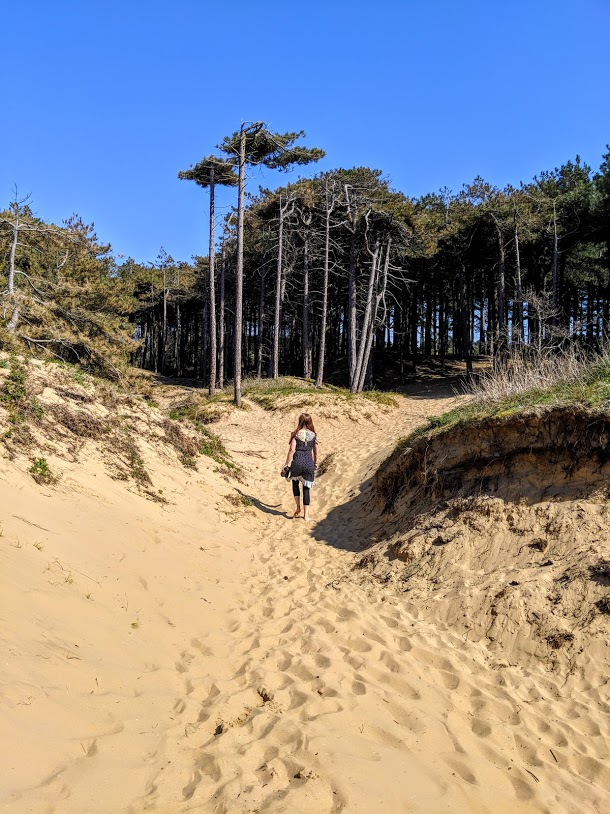
Formby is famous for its red squirrels but the dunes are also full of wildlife another reason why we should all stay off the dunes, do you really want to be killing wildlife. And let’s not talk about the number of BBQs we saw happening in the dunes. Completely irresponsible not just because of the wildlife but because dunes tend to be extremely dry and surrounded by trees. So much damage can be done from a single flame!
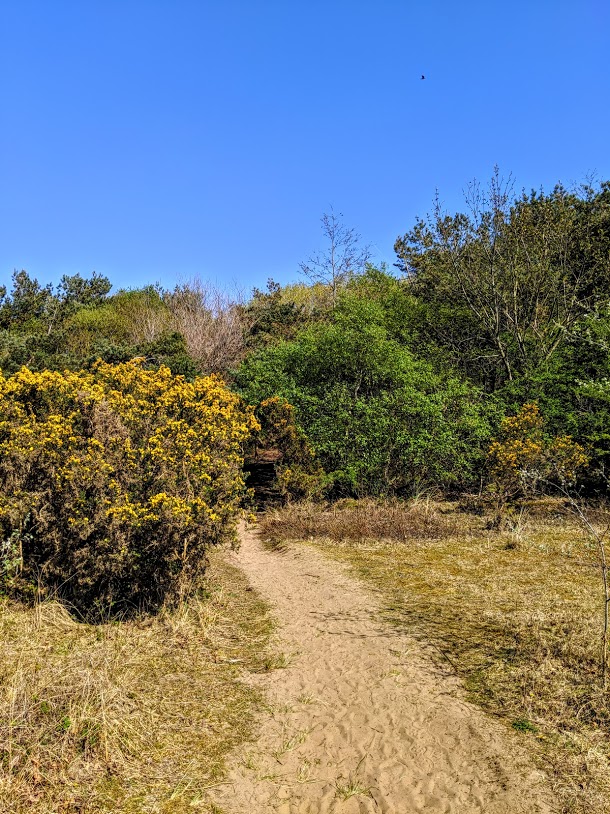
Wildlife in the dunes at Formby….
Natterjack Toad
This enigmatic amphibian is nocturnal and can be found in dune pools, or slacks, on warm nights during their breeding season from April to July.
Sand Lizard
This colourful lizard can be quite hard to spot as it is very shy and has excellent camouflage. It likes areas that have a mixture of both bare sand and grasses and is probably most easily spotted when basking on the sand in the early morning sun.
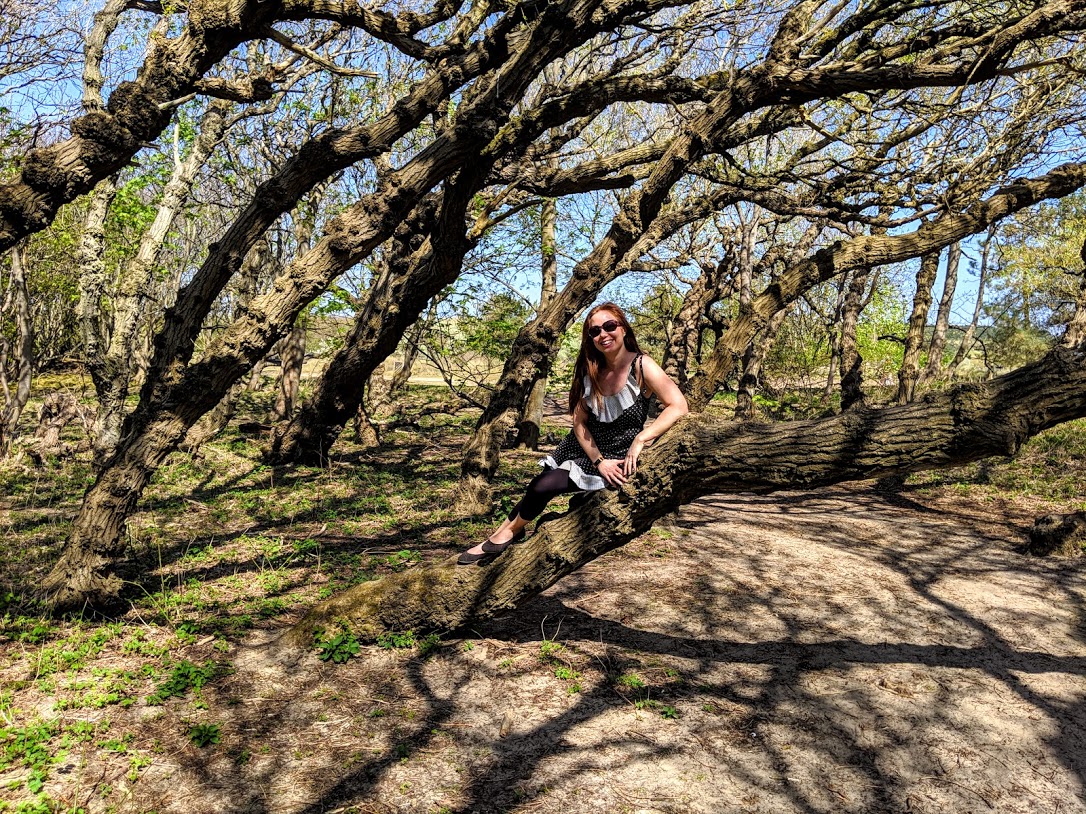
Great Crested Newt
If you’ve ever thought you’d spotted a tiny dragon swimming around the pools at Formby then you’ve probably caught a glance of a male Great Crested Newt in his breeding outfit.
All of these animals are heavily protected and it is an offence to pick up, disturb, harm or kill either the animals themselves or their eggs, or to disturb or destroy their breeding or resting places.
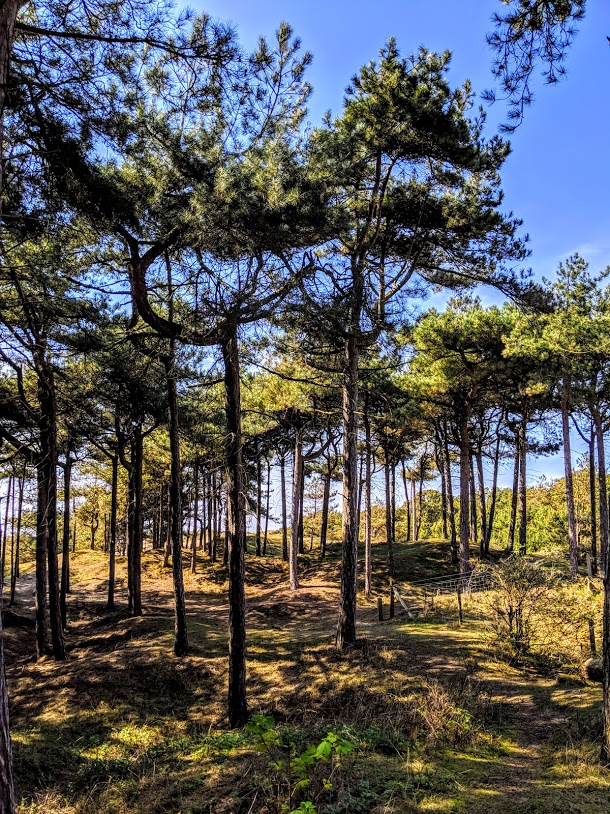
So please I know sand dunes are fun and private but with another bank holiday coming up and the weather set to be amazing again. Please think before walking over, BBQing or digging in the dunes.
